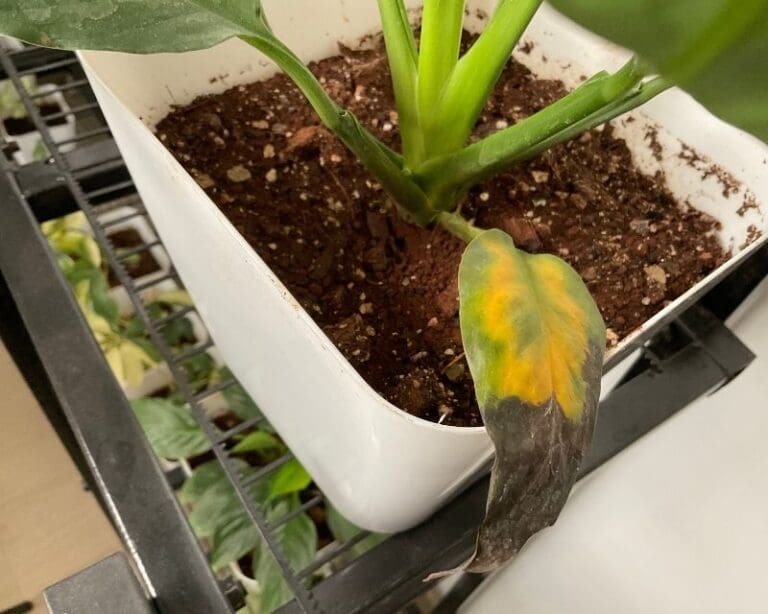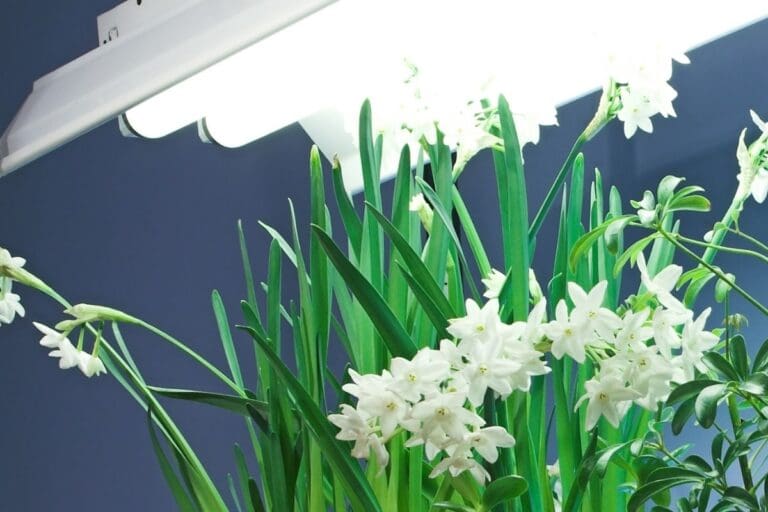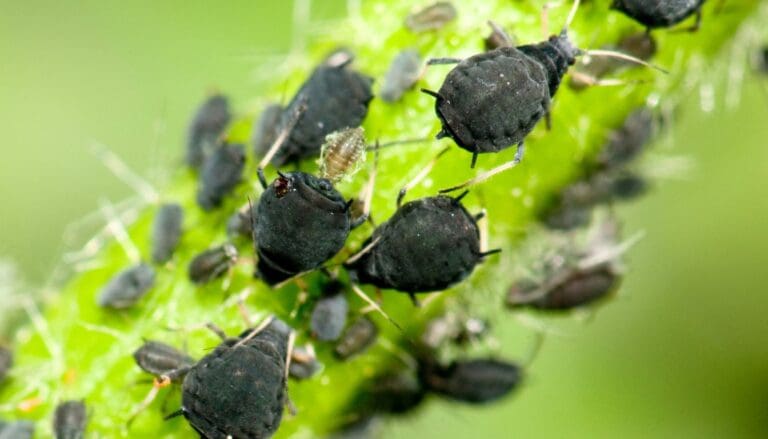7 Mistakes New Plant Parents Make During Summer
Taking care of plants in the summer? Yeah, it can get a little complicated, especially if you’re just starting out. The heat, sunlight, and random weather changes can make it tough to keep my plants healthy and happy.
I want to help you sidestep some of the most common mistakes new plant parents make during the hot months. A few simple habits can make this season way easier for you and your leafy friends.
Please note: Simplify Plants is reader-supported. Some links in the post are affiliate links and I get a commission from purchases made through links in the post.
1) Overwatering in hot weather and drowning roots

When summer rolls around, I sometimes panic and think my plants are parched. It’s tempting to believe they’re thirsty all the time, but honestly, giving too much water just soaks the roots and can really mess things up.
Roots need some air, not just water. If I’m dumping water on every day, the soil just stays soggy, and that’s a recipe for root rot.
I’ve learned to poke my finger in the top inch of soil. If it feels dry, I water. If it’s still damp, I wait it out. This little rule saves me from most root disasters.
I stick to pots with drainage holes, too. That way, extra water just drains right out.
During heat waves, I keep an eye out for droopy or yellow leaves. Sometimes, those are signs of too much water, not too little.
2) Ignoring midday sun and causing leaf burn
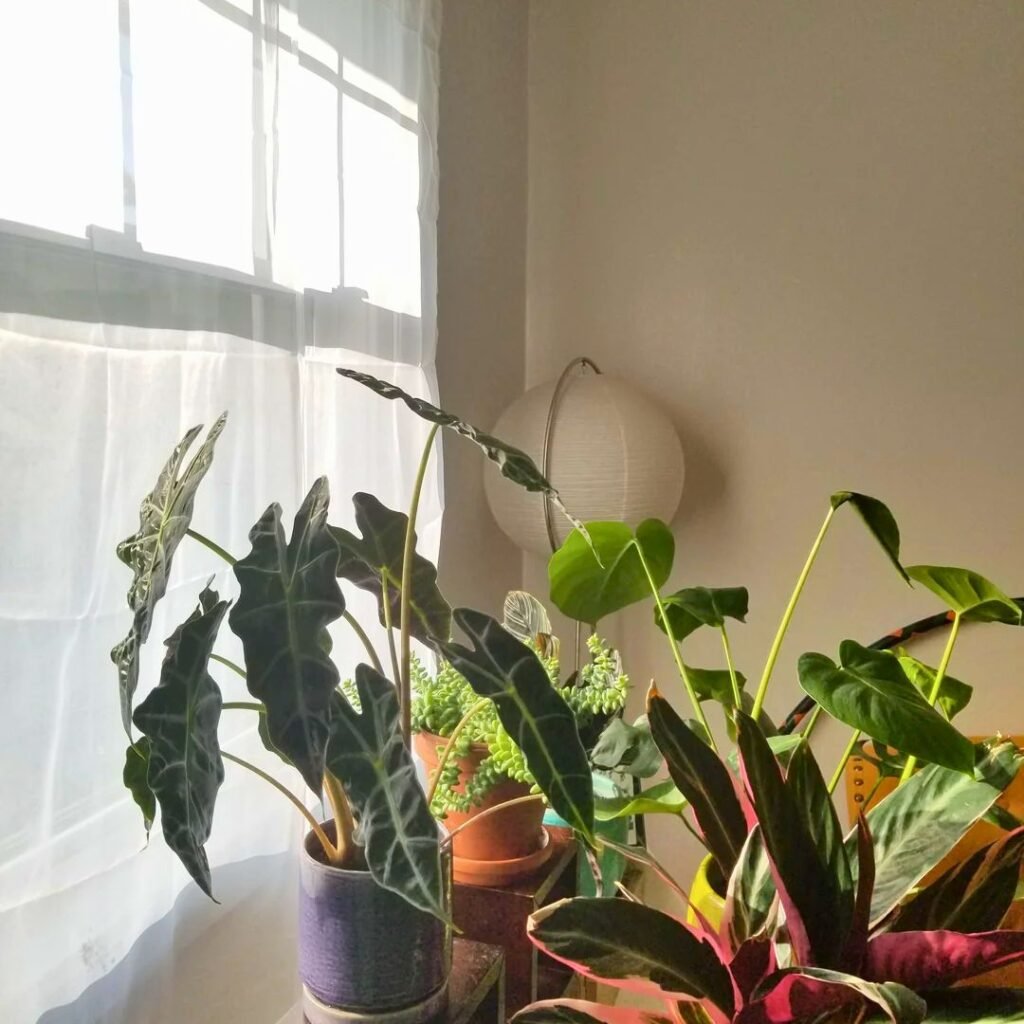
I found out the hard way: leaving plants in direct midday sun is just asking for trouble. The sun is brutal between 10 a.m. and 2 p.m., and it can scorch leaves before you know it.
Even sun-loving plants can get crispy in that heat. It’s easy to assume more sun is better, but that just isn’t true for most houseplants.
I try to pay attention to where the sunlight hits during those hot hours. If I see pale or brown leaves, I move the plant out of the direct rays.
Sheer curtains are a game-changer. I use them to soften the sunlight so my plants don’t fry.
I also rotate my pots every week so different sides get light. That keeps growth even and stops the same side from getting burned over and over.
If leaves do get burned, I snip away the damaged bits with clean scissors. Then I move the plant to a safer spot for the rest of the summer.
Watching for signs of leaf burn helps me catch issues before they get worse.
3) Not adjusting watering schedule for heat

When the temperature rises, my plants dry out faster. If I stick to my usual watering schedule, the soil can be bone dry before I get to it again. That’s a quick way to end up with wilted, sad plants.
I check the soil more often in the summer. Just stick a finger in—if it’s dry, I water right away, even if it’s not my usual day.
I also try to water early in the morning or in the evening. Watering when it’s cooler helps keep moisture in the soil and avoids burning the leaves.
If I see droopy or yellow leaves, it might mean they need more water, or maybe less sun. I move them or tweak my routine as needed.
Honestly, I just set a reminder on my phone to check my plants every couple of days. It’s easy to forget otherwise.
4) Using cold water on plants causing shock
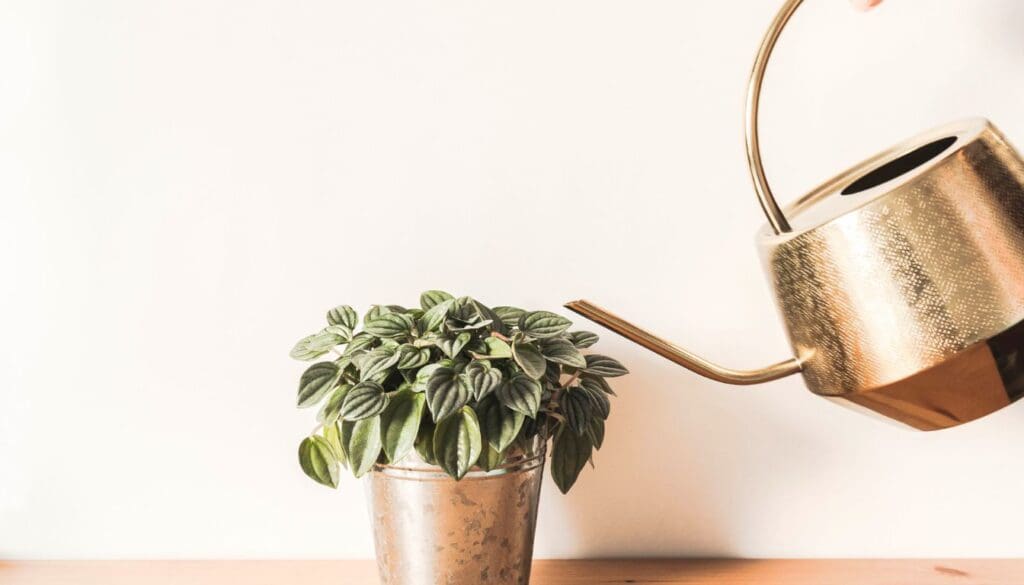
I used to think any water was fine, but it turns out cold water can shock roots.
Pouring ice-cold water on my plants sometimes made their leaves droop or just stall out.
Plants really prefer room temperature water. It’s gentler and helps them stay happy.
Now, I let my watering can sit out for a bit so the water warms up. If I’m using tap water, I make sure it’s not freezing.
Avoiding cold water helps roots absorb nutrients better and keeps those annoying brown spots away.
It’s such a small change, but honestly, my plants look way better since I started doing this.
5) Failing to check for pests attracted by heat
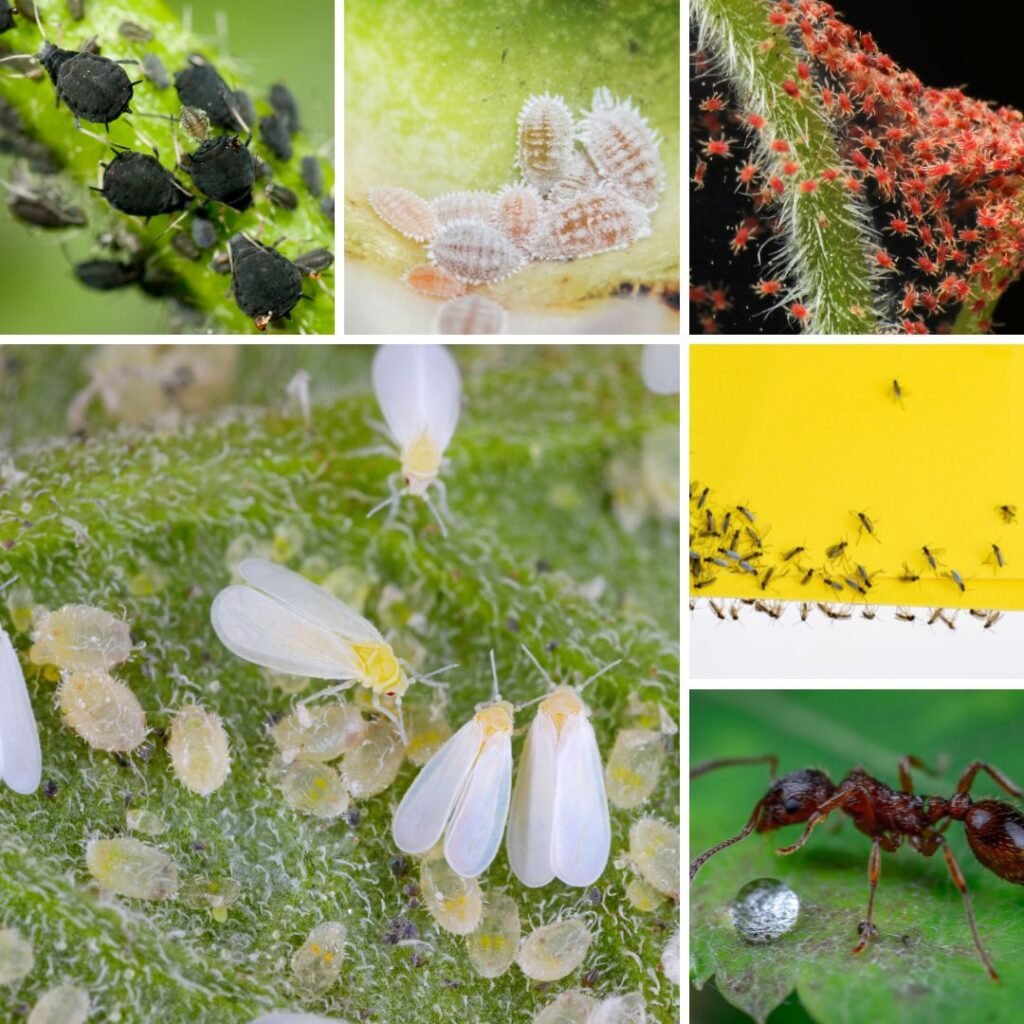
Every summer, I see more bugs hanging around my plants. Warm weather brings out spider mites, aphids, and whiteflies. These tiny pests love to snack on leaves and can multiply way too fast.
If I slack off on checking, pests can take over before I even notice. I try to look under leaves and along stems every few days, especially when it’s hot. Tiny spots, webbing, or holes? That’s my cue.
Catching bugs early is so much easier than dealing with an infestation. I keep a spray bottle handy to rinse off pests, and if things get bad, I’ll use a gentle insecticidal soap.
I always check plants near open windows or doors since those are pest hotspots.
Healthy plants fight off bugs better, too. If one of my plants gets hit hard, I move it away from the others.
I also wipe down shelves and windowsills to keep things clean. During summer, checking for pests is just part of my routine. It takes a minute, and it saves a ton of hassle.
6) Neglecting humidity needs of tropical plants
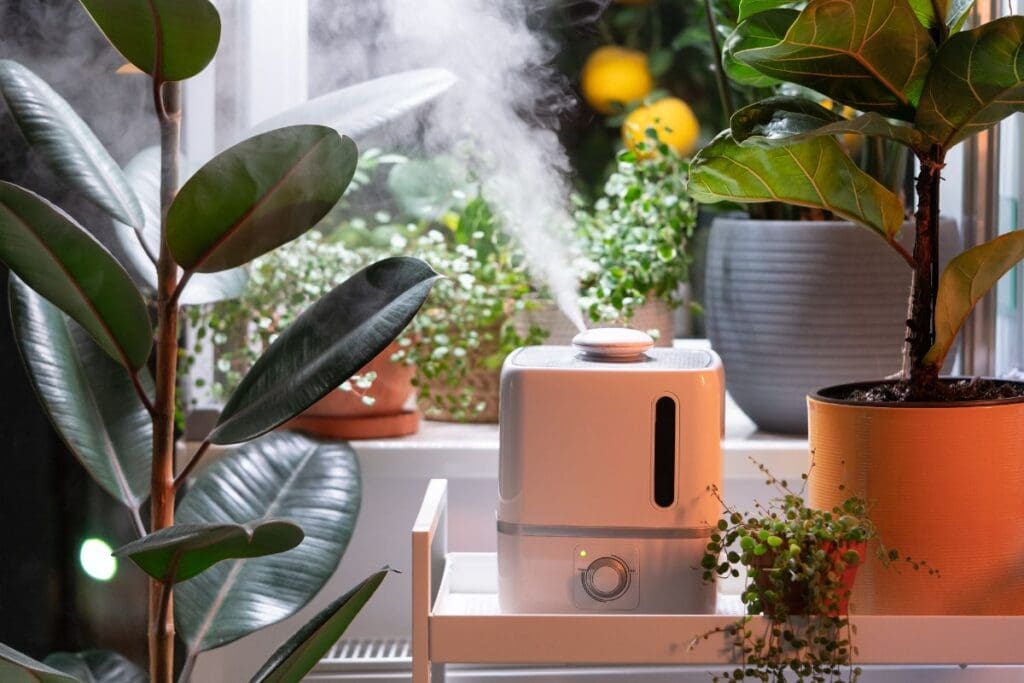
I used to think as long as I watered my tropical plants, they’d be fine. Nope. Many tropicals really need higher humidity, especially when it’s hot and dry.
When my house dries out, plants like monstera and calathea start getting brown tips or crispy edges. That’s usually a humidity issue, not a watering problem.
Misting the leaves once or twice a day helps, and a small humidifier nearby works wonders. I also cluster my plants together to boost humidity.
I keep my tropicals away from direct blasts of AC or fans. Sometimes, I’ll move them into the bathroom or kitchen where it’s more humid.
If I’m not sure, I use a humidity meter. Most tropicals like 50%–60% humidity.
Paying attention to humidity made a huge difference. My monstera and ferns are way happier now, even in the hottest weather.
7) Not providing shade for sensitive plants

I used to think all my plants craved bright, direct sun. Turns out, some can get sunburned if they get too much light. Brown, crispy leaves or weird spots? That’s usually sunburn.
When I saw this, I realized some plants need shade—ferns, peace lilies, and even some succulents just don’t love the midday sun. Too much sun stresses them out and slows their growth.
I started moving sensitive plants away from windows in the afternoon or hiding them behind taller plants. Outside, I toss a light cloth, shade net, or even an old sheet over them during the hottest part of the day.
Giving them shade keeps the leaves cool and stops damage. This is especially important for plants on balconies or patios where the sun is relentless.
I check my plants every few days in summer, especially during heat waves. If they look dry or bleached, I give them more protection.
Just paying a little extra attention and adding shade when needed really keeps my plants looking good all season.
Understanding Your Summer Plant Care Needs
Summer’s longer days and high temps mean plants need a bit more TLC. I always tweak my routine a little to help my plants avoid stress.
Adjusting Watering Routines
When it’s hot, plants lose water fast. I just poke my finger about an inch into the soil—if it’s dry, I water. I don’t stick to a rigid schedule because every plant is different. Some are thirsty every other day, others can wait longer.
I use room-temperature water and pour it slowly at the base. Watering in the morning is best so the leaves dry during the day. That helps avoid mold or rot.
I also use pots with drainage holes so roots don’t sit in extra water. Overwatering is just as risky as underwatering.
Recognizing Signs of Heat Stress
My plants can’t exactly tell me when they’re overheating, so I look for clues. Wilting, brown edges, or curling leaves mean they need help. If leaves get pale or crispy, that’s a red flag for heat stress.
I move plants out of direct afternoon sun and keep them away from hot windows. Sometimes, I hang a sheer curtain to block harsh light.
Misting works for some plants, but I never mist succulents—they don’t like it. If a plant looks stressed, I try to cool it down and keep the soil evenly moist, not soggy.
Just paying attention to these signs helps my plants stay happy all summer.
Creating a Supportive Environment for Healthy Growth

When summer rolls around, I try to make sure my plants get what they need. Light, humidity, and airflow all play a role if you want those leaves to look happy and green.
Managing Light Exposure Safely
I’m always peeking at the sunlight coming through my windows. Too much direct sun? That’ll scorch leaves. Not enough? Plants get all leggy and sad.
Sheer curtains or blinds are my go-to for filtering light. It’s especially important for ferns, pothos, and snake plants—they’re a bit sensitive. If I see leaves turning brown or pale, I’ll scoot the plant farther from the window or rotate it so everyone gets a fair share.
Here’s a little cheat sheet I use:
| Plant Type | Best Summer Light |
|---|---|
| Succulents | Bright, indirect, some morning sun |
| Leafy Houseplants | Filtered, indirect light |
| Ferns | Soft shade, never full sun |
I try to keep an eye out since the sun’s angle changes as summer goes on.
Humidity and Air Circulation Tips
Dry air is a real problem—leaves get crisp and brown before you know it. To help, I’ll group plants together or set a tray of water nearby. For the fussier ones, I mist the leaves with a spray bottle, but I skip misting plants with fuzzy leaves. That never ends well.
Good air circulation is a must. I’ll crack open a window or run a small fan, just not blasting right at the plants. It really helps them stay healthy.
Drainage holes in pots are non-negotiable for me. Soggy soil and stale air? No, thanks. I do what I can to keep things light and breezy.
Frequently Asked Questions
People ask me all the time about keeping their indoor plants happy in summer. Heat brings its own set of headaches: overwatering, sunburnt leaves, pests, and watering mistakes.
How can I help my indoor plants thrive in high summer temperatures?
I move my plants away from direct midday sun—leaf burn is no joke. Checking the soil is a habit; hot weather dries it out so fast. I water only when it feels dry about an inch down.
Room-temperature water is best, so I don’t shock them. On really hot days, I’ll mist the leaves for a humidity boost.
What’s the best way to deal with gnats around my houseplants?
Letting the top inch of soil dry out between waterings keeps gnats at bay. I always clear away dead leaves and debris from the soil surface.
If gnats do show up, sticky traps are my first move. Sometimes I’ll repot with fresh soil if things get out of hand.
Can I use coffee grounds to fertilize my indoor tropical plants, and if so, how?
I do use coffee grounds sometimes, but only in small amounts. Too much isn’t great. I’ll sprinkle a thin layer on top or mix it into compost before using.
Honestly, I don’t use coffee grounds more than once a month. And I steer clear of using them on plants that like neutral soil, since coffee is a bit acidic.
Are there any flowering plants that can bloom indoors throughout the summer?
Absolutely—African violets, peace lilies, and begonias are my favorites. They’re reliable bloomers in bright, indirect light.
I keep their soil moist (but not soggy) and make sure they’re away from cold drafts to keep the flowers coming.
What are some great indoor plant options to give as birthday gifts?
I usually go for snake plants, pothos, or peace lilies—they’re easygoing and don’t need much fuss.
Small flowering plants like African violets are also a sweet, cheerful gift.
What common errors should I avoid when giving plants as gifts during the summer?
Honestly, I steer clear of sending plants that need constant watering or just can’t handle the heat. It’s probably not a great idea to give someone a plant that’ll wilt the second the sun comes out.
If someone’s new to plants, I try to avoid anything with a long list of care instructions. Who wants homework with their gift?
I always take a good look for pests before sending anything out. And, of course, I make sure it’s packed so it won’t get cooked or bone dry on the way.
Recommended Garden Supplies
| Product Image | Our Recommended Gardening Supplies | Check Offers! |
|---|---|---|
Top Top
Top
Top
Top
Top
Top
Top
Top | rePotme Houseplant and Tropical Classic Potting Soil Mix | Check Offer On Amazon |
 Top
Top
Top
Top
Top
Top
Top
Top | Espoma Organic Indoor Plant Food | Check Offer On Amazon |
 Top
Top
Top
Top
Top
Top
Top
Top | GooingTop LED Grow Light 6000K Full Spectrum Clip Plant Growing Lamp | Check Offer On Amazon |
 Top
Top
Top
Top
Top
Top
Top
Top | Soil Moisture Meter | Check Offer On Amazon |
 Top
Top
Top
Top
Top
Top
Top
Top | Govee Hygrometer Thermometer, Bluetooth Enabled! | Check Offer On Amazon |
 Top
Top | LEVOIT Humidifiers for Large Room(Best For Plants) | Check Offer On Amazon |
 Top
Top
Top
Top
Top
Top
Top
Top | Upgraded DIY Automatic Drip Irrigation Kit, 15 Potted Houseplants Support | Check Offer On Amazon |
 Top
Top
Top
Top
Top
Top
Top
Top | Stainless Steel Heavy Duty Gardening Tool Set | Check Offer On Amazon |
 Top
Top
Top
Top
Top
Top
Top
Top | Bonide Insecticidal Soap | Check Offer On Amazon |
 Top
Top
Top
Top
Top
Top
Top
Top | Bonide 32 oz Spray Neem Oil for Organic Gardening | Check Offer On Amazon |
 Top
Top
Top
Top
Top
Top
Top
Top | Garden Safe Fungicide | Check Offer On Amazon |

